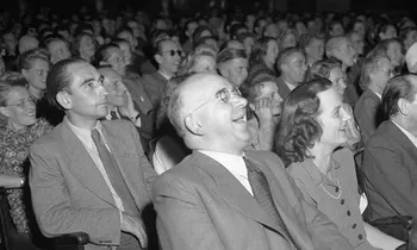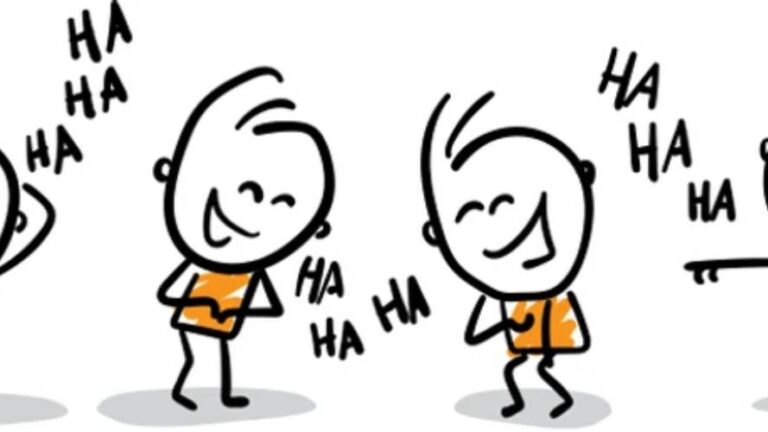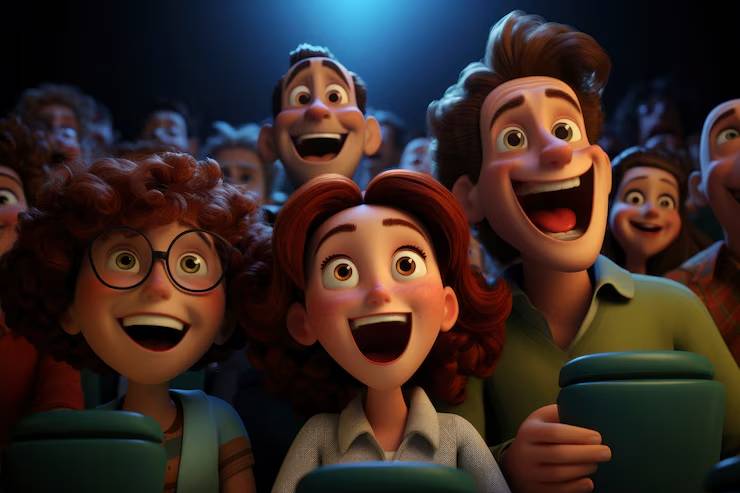The Laugh Track: Behind the Sound of TV Laughter
In the world of television, the sound of laughter is more than just a backdrop; it’s a carefully crafted auditory cue designed to enhance our viewing experience. The laugh track, a staple of sitcoms and comedy shows, has a fascinating history and impact that goes beyond mere entertainment. Let’s dive into the world of laugh tracks and explore how this unique element of television production has shaped our comedy experience.
What is a Laugh Track?
A laugh track is a pre-recorded sound of laughter played during television shows to mimic the reactions of a live audience. Imagine watching a comedy show and hearing laughter even when no one else is around—that’s the laugh track at work. This sound effect helps to cue viewers when to laugh, making the comedic moments of a show more engaging and lively.
The Birth of the Canned Laughter
The story of the laugh track begins in the early 1950s with Charles Douglass, a pioneering sound engineer. Douglass invented the laugh track to address a common challenge in television production: the absence of a live studio audience. His ingenious solution involved recording a library of laughter sounds that could be used to enhance the comedic atmosphere of TV shows.
Douglass’s laugh track
In 1950, Douglass’s laugh track made its debut on “The Hank McCune Show,” marking the beginning of a new era in television comedy. His invention quickly became a standard feature in sitcoms, helping to create a shared viewing experience even when no real audience was present.
How Does a Laugh Track Work?
A laugh track works by inserting pre-recorded laughter into the soundtrack of a show. This laughter is strategically placed to coincide with punchlines, funny moments, or humorous situations. The goal is to simulate the effect of a live audience, making the comedy feel more lively and engaging.
Producers use laugh tracks to enhance comedic timing and create a consistent viewing experience. By adding laughter at key moments, they help viewers recognize and respond to the humor in the show.
The Impact of Laugh Tracks
The laugh track has had a significant impact on television comedy. For decades, it was a staple of sitcoms, shaping how humor was presented and perceived. Shows like “I Love Lucy,” “Friends,” and “The Big Bang Theory” used laugh tracks to create a sense of camaraderie and shared laughter among viewers.
However, laugh tracks are not without their critics. Some argue that they can feel manipulative, creating an artificial sense of humor. Critics contend that laugh tracks can make comedy feel forced and less authentic. Despite these criticisms, laugh tracks have played a crucial role in the development of television comedy.
The Psychology Behind Canned Laughter
Understanding the role of canned laughter requires a look into the psychology of humor:
- Laughing Alone Isn’t as Fun:
- Laughing with others enhances the humor experience. When you hear others laugh, it often makes the joke feel funnier.
- The Performer’s Dilemma:
- Performing comedy involves balancing exuberance and potential embarrassment. Many actors rely on the immediate positive feedback from audience laughter to deliver their best performances.
The Magic of the Live Audience
Most sitcoms exploit these psychological quirks by filming episodes in front of a live studio audience. This audience’s laughter becomes the primary source of the laughs you hear in the show. Stripping away the laugh track is possible, but it usually isn’t desirable. Without it, shows can feel significantly less funny and riddled with awkward pauses, as actors wait for the audience to quiet down before continuing.

The Role of Canned Laughter
While live audiences provide genuine reactions, canned laughter often serves as a supplement. Here’s why:
- Multiple Takes:
- TV production doesn’t always capture the perfect take on the first try. Audiences might see the same joke multiple times, leading to diminishing genuine laughter. Canned laughter helps maintain the energy and consistency of audience reactions.
- Special Filming Conditions:
- Certain scenes are shot on location, require special effects, or other conditions where a live audience isn’t feasible. In these cases, laugh tracks are added post-production to simulate a live reaction.
- Screened Reactions:
- Sometimes, scenes are filmed ahead of time and then shown to an audience to record their reactions. However, without real-time actor adjustments for laughter, canned laughter helps fill gaps and smooth out the viewing experience.
The Illusion of Authenticity
Despite popular belief, research shows people are surprisingly bad at detecting fake laughter. This makes canned laughter an effective tool for maintaining the feel of a live audience, even when it’s supplemented or entirely pre-recorded.
The Evolution of Comedy
As television has evolved, so too has the use of laugh tracks. In recent years, many sitcoms, especially single-camera shows, have moved away from laugh tracks in favor of a more naturalistic approach. Shows like “Parks and Recreation” and “The Office” opted for a more subtle, documentary-style presentation of humor, reflecting changing tastes and production techniques.
This shift represents a broader trend in television toward more realistic and diverse forms of comedy. While laugh tracks are less common today, their influence on the genre is undeniable. They helped shape the comedic landscape and set the stage for the innovative approaches we see in modern television.
The Legacy of the Laugh Track
The laugh track remains an iconic element of television history. It’s a reminder of how sound engineering and production techniques can shape our entertainment experiences. Whether you love it or loathe it, the laugh track has made an indelible mark on the world of television comedy.
As we continue to explore new forms of humor and storytelling, the laugh track’s legacy endures. It’s a testament to the creative ways in which television producers have engaged and entertained audiences over the years.

The Sound of Comedy
The next time you hear that familiar sound of laughter while watching a classic sitcom, remember that behind those laughs is a piece of television history—one that has shaped our comedy experiences and continues to influence the way we enjoy our favorite shows.


